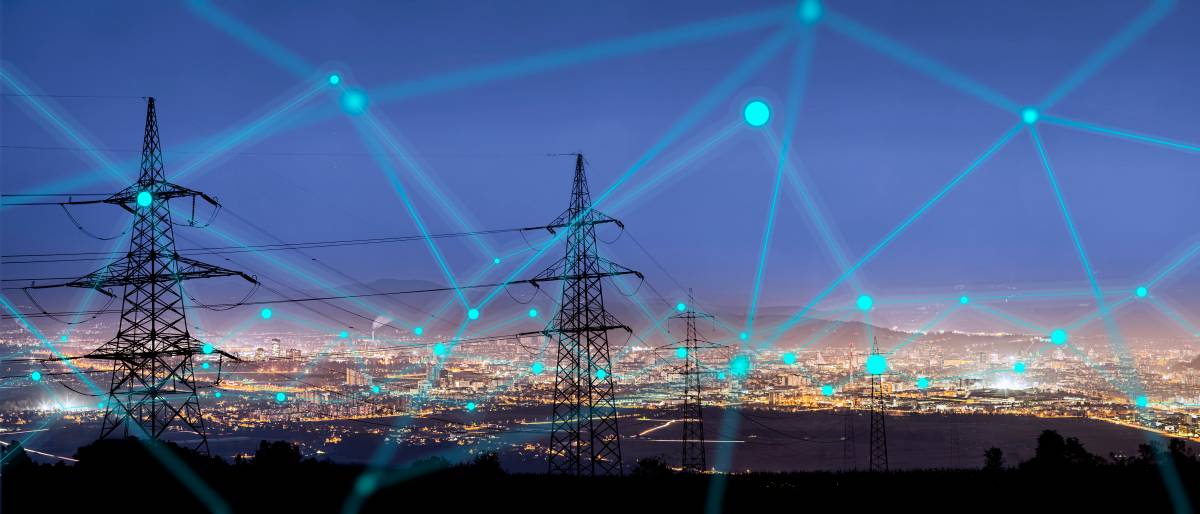
Overview of Energy Sector in Urban India
Energy is indispensable to the modern society due to its large number of commercial and domestic applications. The sector receives interest and push from the government since it acts as a major input to India’s economic development.
The sector is growing at a rapid speed– India is the 6th largest energy economy and contributed ~10% of the increase in global energy demand since 2000. The demand is expected to increase to 1250-1500 Mtoe by 2030.
In light of climate change, India has following targets in the energy sector:
- Reduction in the emissions intensity of GDP by 33%-35% by 2030 below the 2005 levels
- Increase in share of non-fossil fuel in total capacity to ~40% by 2030 from 30% in 2015
India is currently undergoing rapid urbanization which is one of the key drivers for increase in energy demand and consumption. Electricity underpins modern civilization with a 15% contribution to final energy demand consumption and growth rate of ~5.8% p.a. Thus, with this growing demand, there is scope for innovation in electrical energy.
With urbanization, come urban challenges which can be addressed via smart disruptive solutions. This presents opportunities for startups, and subsequently the VC community.
Electrical Energy Value Chain
| Sub-Sector | Production | Transmission & Distribution | Consumption |
| Verticals |
|
|
|
| Overview | Transition to RE sources to meet growing energy demands, resource scarcity, and environmental risks | Development of T&D sector did not get due importance in early days which is now leading to losses | By 2040– India’s energy demand is estimated to double; electricity to triple |
| Market Size |
|
Electric power T&D equipment market in India is forecasted to rise to $ 15.8 Bn in 2023 | Consumption of electricity in 2018 was ~1400 TWh; 3rd largest globally; per capita consumption is very less; huge potential for growth |
| Scope for Innovation | Plant management system, weather forecasting, operational automation efficiency, energy storage | Smart meters, smart wires, power line monitoring, data acquisition systems, DISCOM operational efficiency, utility level storage, drone surveillance |
Energy auditors, battery system, electric cooking, electric vehicles, heat recovery, smart appliances |
Trends in the Sector
Energy efficiency is a focus in sustainable urban development. It is guided by the following trends:
1. Electrification
Globally, urban areas emit 50%-60% of total GHG emissions. India’s urban population will grow to ~60% by 2050, which will further lead to implications on energy consumption patterns and GHG emissions. Electrification will be essential to decarbonize energy production and consumption by residential buildings, commercial offices, industrial plants, and transports.
2. Decentralization
Electrical energy is produced within the distribution grid at many more nodes than previously. This leads to greater demand side management of energy and more prosumers– consumers becoming producers of energy as well. Smart grids enable better, cheaper, and faster monitoring of assets.
3. Digitalization
This includes Artificial Intelligence (AI) , Machine Learning (ML) , deep learning and blockchain for better asset management and connectivity. To make energy smart and improve efficiency, more digitally enabled products will be essential.
Themes in Urban Energy Tech
1. Distributed Energy– Rooftop Solar
India is endowed with a vast solar energy potential with most parts of the country having 300 sunny days. Solar PV technology converts sunlight to energy solutions for lighting, cooking, water heating, air heating, and electricity. India’s rooftop solar market is expected to grow at a CAGR of >25% over 2020-2025. Environmental concerns, favorable government policies and tax benefits for solar panel installation are drivers for rooftop solar gaining popularity. Technology leads to solar panel manufacturing cost reduction and increase in efficiency. Industry pain points include solar power degradation due to dust accumulation on solar panels, inconsistency in power supply and high cost of power distribution, large land requirements to scale up solar PV deployments, lack of IT solutions in operation and maintenance to reduce cost and enhance efficiency of solar PV plants etc.
2. Demand Response– Smart Metering
Smart meters help solve distribution losses (~30%), demand-supply mismatch (>10%), and billing inefficiencies in energy. It is estimated that India will install ~130 Million (Mn) smart meters by 2021. Beneficial to both DISCOMS and consumers– smart meters enable remote meter reading, online billing process, reduction in billing errors, real time tracking, and energy prediction. Industry pain points include strained health of electric utilities due to COVID-19 and shortfall of revenue collection from higher tariff commercial and industrial consumers, increase in electricity thefts, billing discrepancies etc.
3. Building Energy Management– Residential and Commercial
Applications in buildings such as cooling, heating, hot water, lighting, natural gas etc. contribute towards three quarters of GHG emissions in urban areas. As per the Smart Cities Mission guidelines, 80% of buildings in smart cities need to be energy efficient. Buildings need to shift from passive consumers of energy to active participants in the energy sector to achieve energy efficiency. Industry pain points include integration of controls in buildings for efficiency gains while maintaining comfort for occupants, inefficient energy utilization in commercial buildings etc.
4. Energy Storage and Battery Management
To enhance efficiencies in savings, energy storage is key. Battery storage is beneficial across the electricity value chain to address demand-supply gap in the grid. It has utilities from home-based battery systems to network level utility storage systems. There is scope for innovation in battery management systems– optimal charging, discharge, battery health, load balancing, backup life; battery materials– packaging materials for Indian temperatures; battery control systems– metering, audits, growth forecasting. Industry pain points include low cost power backup with high standby time to support commercial and industrial users, high GHG emissions due to thermal and diesel generation sets etc.
5. Waste to Energy (WTE)
By 2050, India’s waste generation is estimated to reach 436 Mn tons. WTE using intelligent solutions optimizes the waste management process and reduces burden on conventional energy sources. By 2050, India’s WTE potential is estimated to reach 556 MW. Technologies in waste collection, processing, and disposal lead to smart energy management. Industry pain points include high carbon emissions from hydrocarbons (natural gas and coal)– 99% of hydrogen is produced from hydrocarbons, accumulation and non-degradation of plastics, economic conversion of plastics to fuels etc.
Business Opportunities for Startups
The energy sector is very large in size and consists of many sub-sectors, in each of which, there are several ways of solving the same problem. Thus, a precise categorization into generic business models used by innovators and startups to solve such problems is difficult to arrive at.
Product Sale or Product as Service is mostly used in areas of energy generation, management systems, grid integration systems, and storage. It is R&D heavy with a long commercialization timeline. Target market could be B2G– where there are challenges such as regulatory hurdles, slow processes, and coordination efforts between stakeholders, or B2B/B2C– where there are challenges such as slow adoption rate due to heavy initial investment.
Software as Service is used in areas of data management, analytics, energy auditing, and predictive maintenance (AI/ML). This model is not R&D heavy and has a short commercialization timeline. Target market is usually B2B/B2C with the major challenge being a crowded marketplace.
Technology Licensing is common in areas of energy generation, integration, efficiency, and storage. Usually in such cases, the product requires heavy R&D, is patentable, and has a long commercialization timeline. The target market is B2B and includes challenges such as subjective terms of licensing and scope for scalability.
To increase the chances of being noticed and selected for commercial opportunities, innovators are encouraged to:
- Emphasize clearly on the pain points addressed and the solution offered to demonstrate the urgent requirement
- Showcase that the market size is significant with favorable trends
- Analyze the competitive landscape to elaborate on the advantage and differentiated value proposition
- Ensure go to market strategy should be though out and business model allows quick returns
- Highlight credibility and fit of the core team
- Explain the requirements for funds or business orders
- Recognize the risks identified and be receptive to industry feedback
The importance of the energy sector in urban era is growing, and so is the demand for innovations. In such a scenario, due to the slow-moving nature of the industry, it would be ideal if adopters and investors embrace a customized approach to engage and partner with startups.


